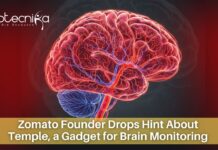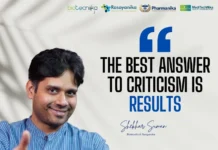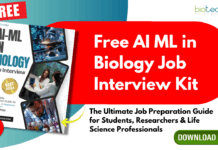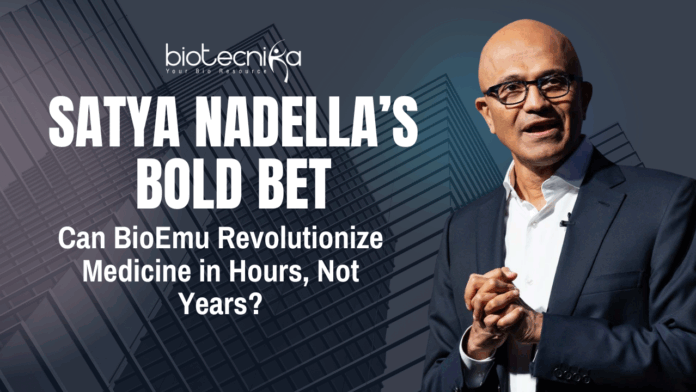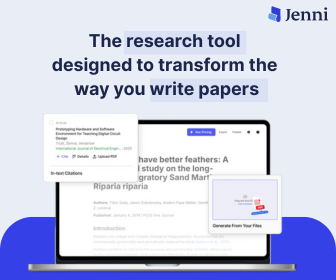Satya Nadella Bold Bet: Can BioEmu Revolutionize Medicine in Hours, Not Years?
What if scientists could unlock the secrets of complex diseases in just a few hours? What if we don’t have to wait for years to discover a drug? The tech giant, Microsoft, has announced its latest breakthrough, BioEmu, which promises to tune all our “what ifs” into “that’s it.”
Announced by CEO Satya Nadella, this powerful new tool enables researchers to understand how proteins move and change, a crucial step in discovering new drugs. With BioEmu, the lengthy and costly process of drug development could become faster, smarter, and more accessible than ever before.
From years to hours
Proteins are always moving. They twist and change shape many times before assuming the form needed to perform their job, such as turning a gene on, moving a molecule inside a cell, or sometimes causing a disease. To study these movements, scientists usually have to run complex computer simulations that can take months or even years.
BioEmu collapses that timeline to hours. Version 1.1 was trained on more than 200 milliseconds of raw simulation data (an eternity at the atomic scale) alongside half a million protein‑stability experiments. On benchmark tests, it predicts conformational energy to within a single kilocalorie per mole, and its correlation with lab data tops 0.6—good enough for medicinal chemists to trust.
Why motion matters
Many drugs fit into obvious surface cavities, as illustrated by the lock-and-key diagrams in biology textbooks. But a growing number of therapeutic “locks” are cryptic pockets that appear only when a protein flickers through a rare shape. Because BioEmu generates complete “structural ensembles” instead of one static pose, it reveals these hidden crevices and the fleeting domain shifts that create them.
Those insights arrive on a single GPU, not an exaflop cluster, lowering the barrier for startups, academic labs, and even hospital research units that want to screen candidate molecules in silico before ordering the first milligram of reagent.
How BioEmu works
At its core, BioEmu is a generative model, akin to the systems that create photorealistic images from text prompts. Here, the prompt is an amino‑acid sequence plus any known structural fragments; the output is a cloud of possible shapes, each tagged with a probability and an energetic cost.
During training, the model watched “movies” of atoms produced by physics-based simulations and then learned to forecast the next frames. Think weather prediction, but for hydrogen bonds and side‑chain flips. The team also fed in experimental melt curves—how proteins unfold as temperature rises—to anchor the math in wet‑lab reality.
The result is a system that not only tells you what a protein looks like, but how often it looks that way—critical information when you need to know whether a drug will see its target pocket often enough to work.
Beyond AlphaFold
Google DeepMind’s AlphaFold gave scientists a lightning‑fast way to guess a protein’s static shape. BioEmu pushes the field into four dimensions: shape plus time. In practical terms, AlphaFold is a snapshot; BioEmu is the full film reel, letting researchers watch the opening and closing of binding sites, the hinge‑like swings of antibody loops, or the partial unfolding that activates an enzyme.
First applications
- Rare‑disease targets: Many inherited disorders trace back to single‑point mutations that subtly destabilize a protein. By comparing BioEmu’s energy landscape for healthy versus mutant forms, researchers can see precisely where the structure slips and design small molecules to prop it up.
- Antiviral discovery: Viral proteins often expose “induced‑fit” pockets only after binding human factors. Modeling those shifts quickly helps teams block them before outbreaks spread.
- Enzyme engineering: Synthetic‑biology groups can tune catalytic cycles or thermostability by asking BioEmu which amino‑acid swaps flatten the energy barriers between functional states.
Microsoft has already open‑sourced sample code and benchmark datasets, and collaborations with several pharma majors are underway, according to insiders familiar with the project.
The road ahead
Satya Nadella says BioEmu is not yet a push‑button cure machine. Its predictions still rely on underlying physics that the model distills but cannot replace. Chemical accuracy below 1 kcal/mol is impressive, yet medicinal chemists often need finer resolution, and biology has a habit of springing exceptions. Integrating solvent effects, post‑translational modifications, and crowded cellular environments are next on the wish list.
There is also the broader question of computing equity: even a single high-end GPU is out of reach for labs in many low- and middle-income countries—the very places that could benefit most from cheaper, faster drug discovery. Microsoft says it plans tiered Azure access and academic grants, but the details will matter.
A new pace for medicine
In 2020, the first mRNA COVID-19 vaccine went from gene sequence to clinical trial in 66 days, a record celebrated worldwide. Tools like BioEmu hint that tomorrow’s vaccines, antivirals, and cancer drugs might compress that cycle even further. As Satya Nadella said they are delivering insights in hours that used to take years.
If that promise holds, the next novel therapy may begin not in a wet lab. But in an AI model dreaming up the invisible choreography of life’s smallest machines, and doing it quickly enough to matter.





